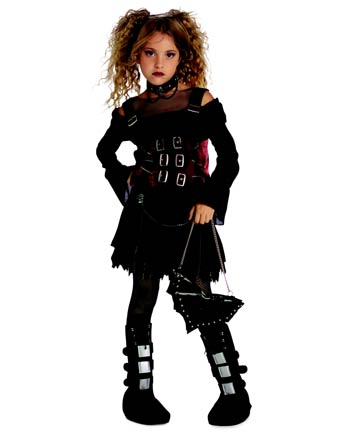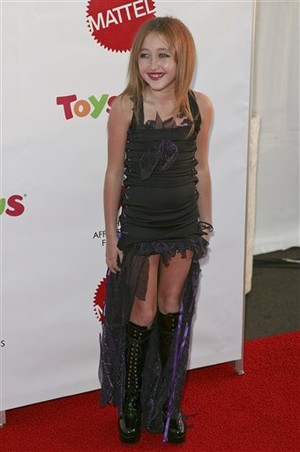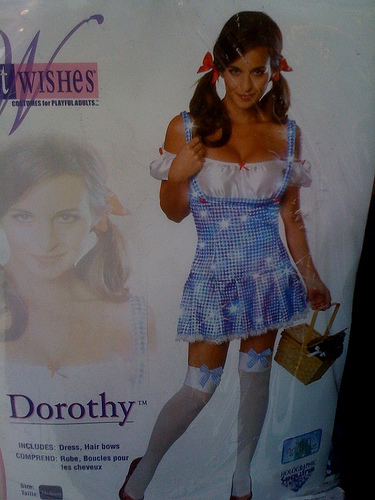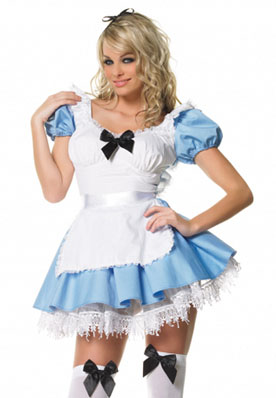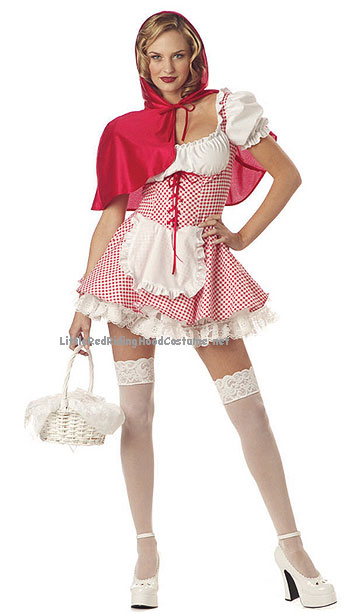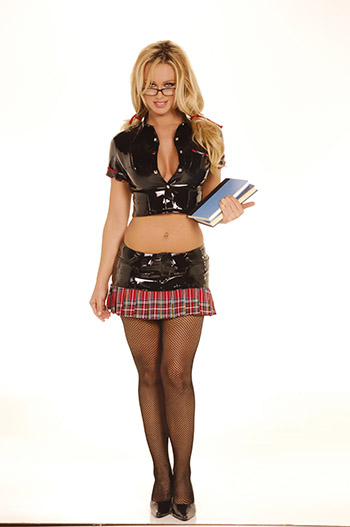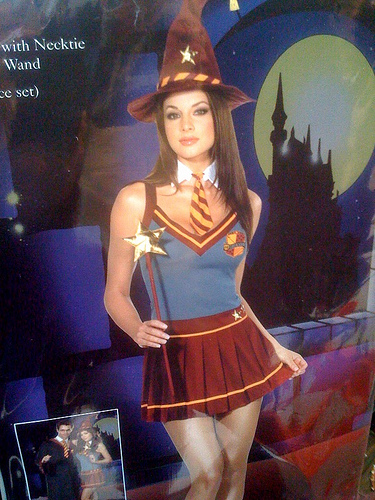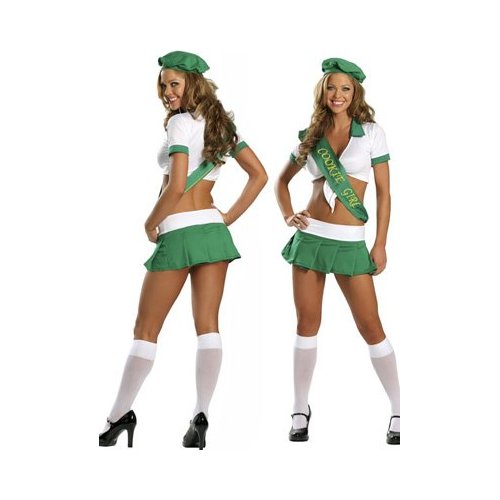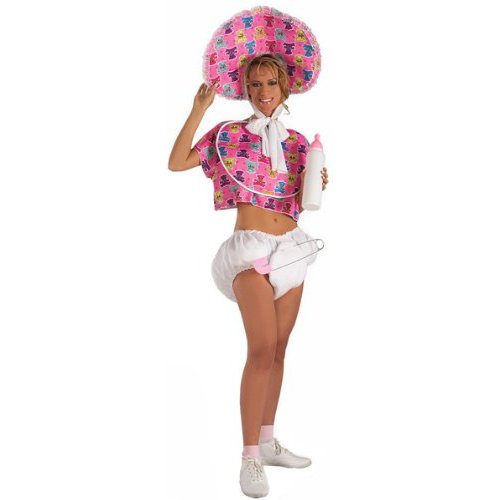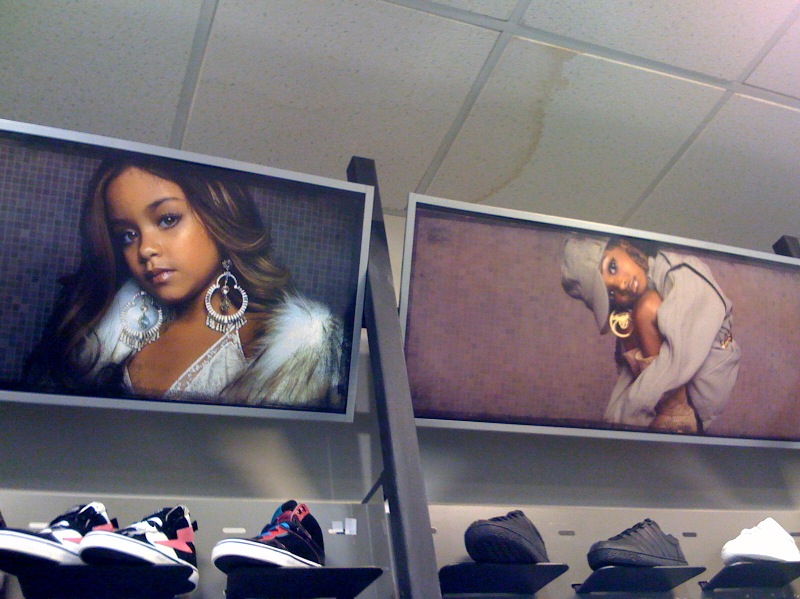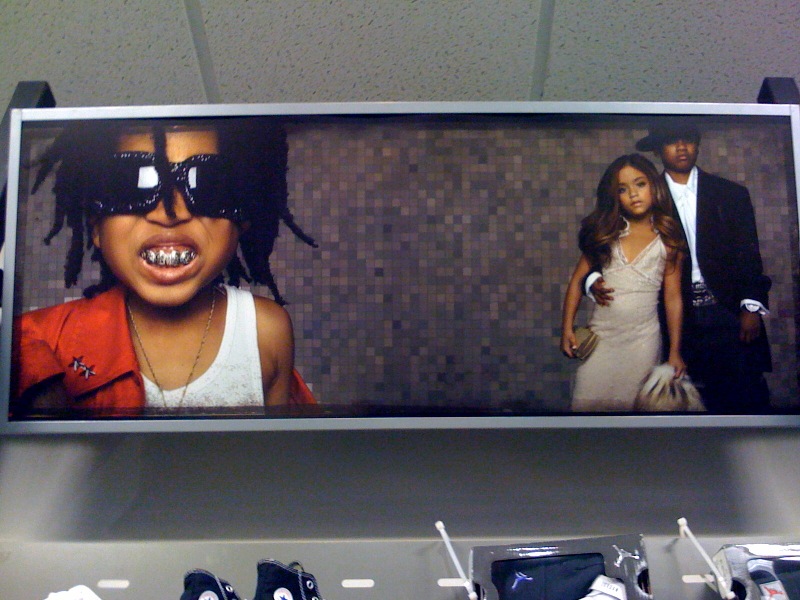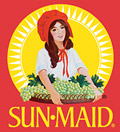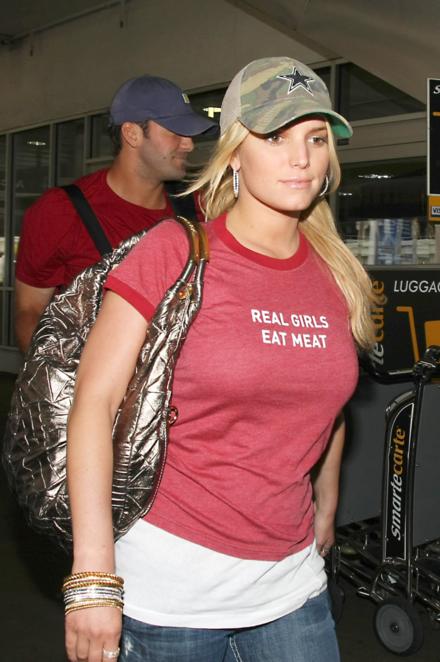Many of you have probably by now seen this video of a group of young girls dancing to Beyonce’s Single Ladies on the World of Dance tour. Huong L., Jeff S., and Dmitriy T.M. sent it in and asked us to comment on it. First, the video… which is stunning:
I think I’ve watched this a half dozen times and I’m mesmerized.
But to the analysis…
After the Single Ladies video came out there was a rash of parents uploading videos of their kids dancing along to the video. We featured a particularly impressive example of a preschool-aged girl dancing to the video and offered it as an example of how kids are active agents in their own socialization. You might also apply this idea to this video, sent in by Heather B. (which I am not going to comment on because I can’t figure out the context).
Certainly children do make choices about what to mimick. In a culture that highly sexualizes young girls, we shouldn’t be that surprised when they make choices that we find incongruent with (our beliefs about) childhood. The World of Dance routine, however, is not simply an example of children being active in their own socialization and responding to the powerful messages of self-objectification aimed at girls of all ages. In this case, many, many adults were instrumental in producing the product: their dance teacher(s), the choreographer, their parents, and the producers of the tour, to name the obvious. These girls are performing a highly sexualized routine because many adults chose to sexualize them.
For more examples of the sexualization of young girls, see our posts on sexually suggestive teen brands, adultifying children of color, “trucker girl” baby booties, “future trophy wife” kids’ tee, House of Dereón’s girls’ collection, “is modesty making a comeback?“, more sexualized clothes and toys, sexist kids’ tees, a trifecta of sexualizing girls, a zebra-striped string bikini for infants, a nipple tassle t-shirt, even more icky kids’ t-shirts, “are you tighter than a 5th grader?” t-shirt, the totally gross “I’m tight like spandex” girls’ t-shirt, and a Halloween costume post.
—————————
Lisa Wade is a professor of sociology at Occidental College. You can follow her on Twitter and Facebook.
Lisa Wade, PhD is an Associate Professor at Tulane University. She is the author of American Hookup, a book about college sexual culture; a textbook about gender; and a forthcoming introductory text: Terrible Magnificent Sociology. You can follow her on Twitter and Instagram.



